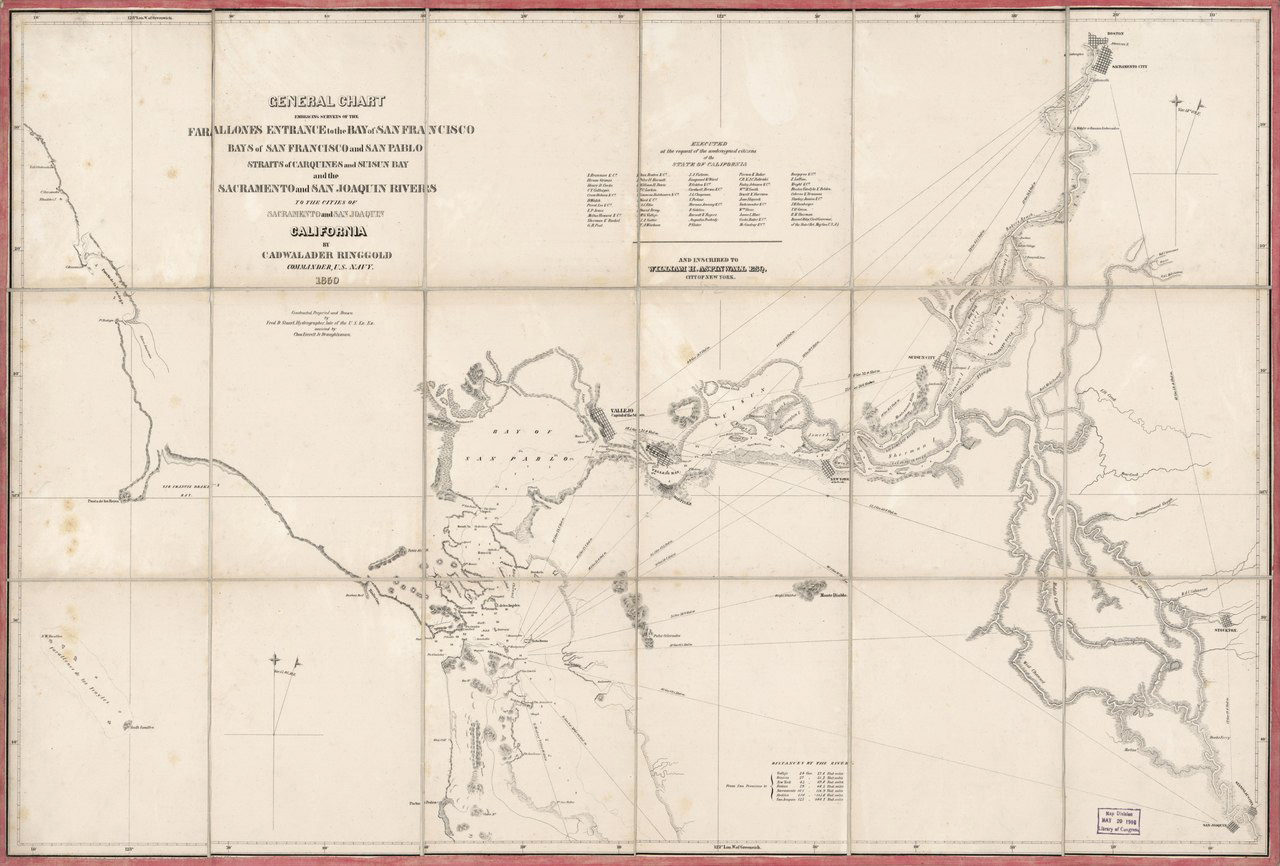Edward Ross has visited every continent except Antarctica in pursuit of his passion for studying, collecting, dissecting, classifying, naming, photographing, and deeply appreciating insects. In between his globe-trotting adventures, the 89-year old curator emeritus of entomology at the California Academy … Read more
-150x150.jpg)


-150x150.jpg)

-150x150.jpg)
-150x150.jpg)
-150x150.jpg)
-150x150.jpg)
-150x150.jpg)